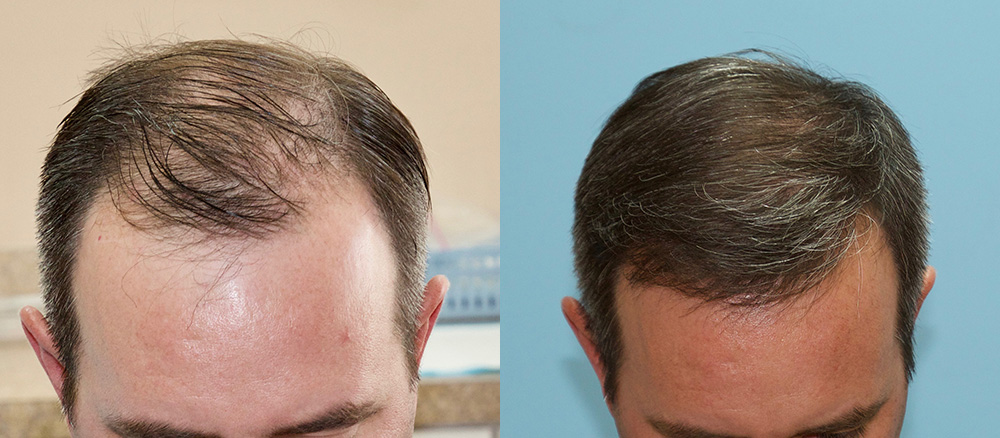
Hair Transplant – Types And New Developments
Seeing a bunch of hair coming off in our combs can be horrifying. But for some, it can be even worse. Hair fall is not limited to some extra hair falling out and you rushing to buy an anti-hair fall shampoo as a cure.
It is definitely a more serious issue. When your shampoos and home remedies stop working and bald spots start appearing, there is no way back. That is when you should seek cosmetic surgery for hair loss reduction.
Usually, we will observe women discussing their hair fall issue among their girl gang. The fact is that men are more prone to baldness due to their hormones. Moreover, some people can lose hair due to stress, trauma, or medical conditions like alopecia. In addition to this, hair loss after chemotherapy might also need a hair transplant to recover.
When types of hair fall are different for every person, treatment can’t be the same. Let’s explore different types of hair transplant options available and new research being conducted.
Types Of Hair Transplant Techniques:
As the name explains, a hair transplant is a simple procedure of extracting hair from donor sites and transplanting them at bald spots. Donor hair follicles are taken from the back of your scalp and ears. These hair are less prone to hair fall.
Donor hair can be only your own hair because every person has unique follicles. If you get a transplant from some other person, the follicles might not regrow and die.
Different types of techniques are being used for hair transplants in Pakistan;
1. Follicular Unit transfer
The unit follicular transfer is also known as unit follicular strip surgery. In this technique, a strip of hair follicles is extracted from the donor site and is transplanted to the area to be treated.
Procedure:
FUT is performed under these steps:
- Your surgeon will apply local anesthesia to your scalp in the form of a cream or balm.
- Next, he will make an incision and cut out a strip of skin with active hair follicles.
- The incision will be closed with stitches.
- The extracted strip will be cut into follicular units under the microscope.
- Moving ahead, holes will be made at the balding areas to place the prepared grafts.
This procedure was the very first cosmetic technique ever used for hair loss reduction. It can transfer up to 15-20 follicles per unit.
However, it is time-consuming. Moreover, it requires more downtime. This is because, during the recovery phase, you’ll have to take care of the incision at the donor site and the newly grafted area.
Adding to this is the linear scar at the donor site, which will remain there forever.
2. Follicular Unit Extraction
Unit follicular extraction is a more advanced and more precise technique. When using this technique, your surgeon will extract and transplant every single follicle unit separately. This works efficiently to cover bald spots. Moreover, it adds volume to hair patches.
Procedure:
For FUE once local anesthesia has been applied to your scalp, the following steps are to be followed:
- Your surgeon will use a small punch tool to extract hair follicle units from your head’s back.
- For this extraction, micro-channels will be made using sapphire blades. These incisions will not need any stitches to close.
- Further, these Follicular units will be grafted to the balding area.
This method requires less time for the procedure and recovery. It is scarless and thus needs less wound care. Moreover, with this method, you can fill spaces more accurately.
3. Direct Hair Implantation:
Direct hair Implant is recently gaining popularity among people seeking hair transplants. This technique uses an automated implanter pen. It is more efficient, time-saving, and precise. It also relaxes the surgeon as transplanting each separate hair follicle can be tiring for the surgeon too.
Moreover, these extracts and implant the graft right away, thus reducing the chances of a follicle dying.
With hair transplant becoming a sought-after procedure by a huge population, new research is being done every day. Let us share with you some amazing new developments in this field of cosmetic surgery.
New Developments in Hair Transplant Surgery:
Some latest research has put the following techniques under trial for hair transplant in Pakistan;
1. Stem Cell Cloning:
Stem cell farming or cloning has been under trial for different medical treatments for decades. We have tried cloning organs, body parts, and even a whole human being. Some experiments worked, some didn’t.
But studies suggest that developing a hair follicle using stem cells can be the easiest. Hair is a protein structure, and that can be constructed in labs using one’s body cells.
At times you run out of hair even at donor sites. Then using a cloning method can be much more efficient than using body hair or transplanting someone else hair.
2. 3-D Printing:
During experiments with stem cell hair, a problem face by researchers was ingrown and unevenly growing hair. To resolve this, we need something to hold the follicle in place. So scientists came up with a 3-D printed mold.
Before placing the graft, if this mold is implanted, it will keep the follicle in place and prevent its inward growth.
All these methods are still under trial, but we hope to find an ultimate hair regrowth solution in the near future.
About Us:
Are you looking to get your hair transplant done correctly? Let Dr. Arif Hussain do this who goes the extra mile to satisfy every single patient of him fully.
He will not disappoint you after having years of experience in cosmetic surgery and performing hundreds of successful injectable wrinkle filler procedures.
He makes use of cutting-edge technology as well as up-to-the-minute surgery tools, in particular, the power X machine. This is how he gets in the bag maximum client satisfaction.
You can get to know about our client’s feedback for a better idea. Book your appointment today.




